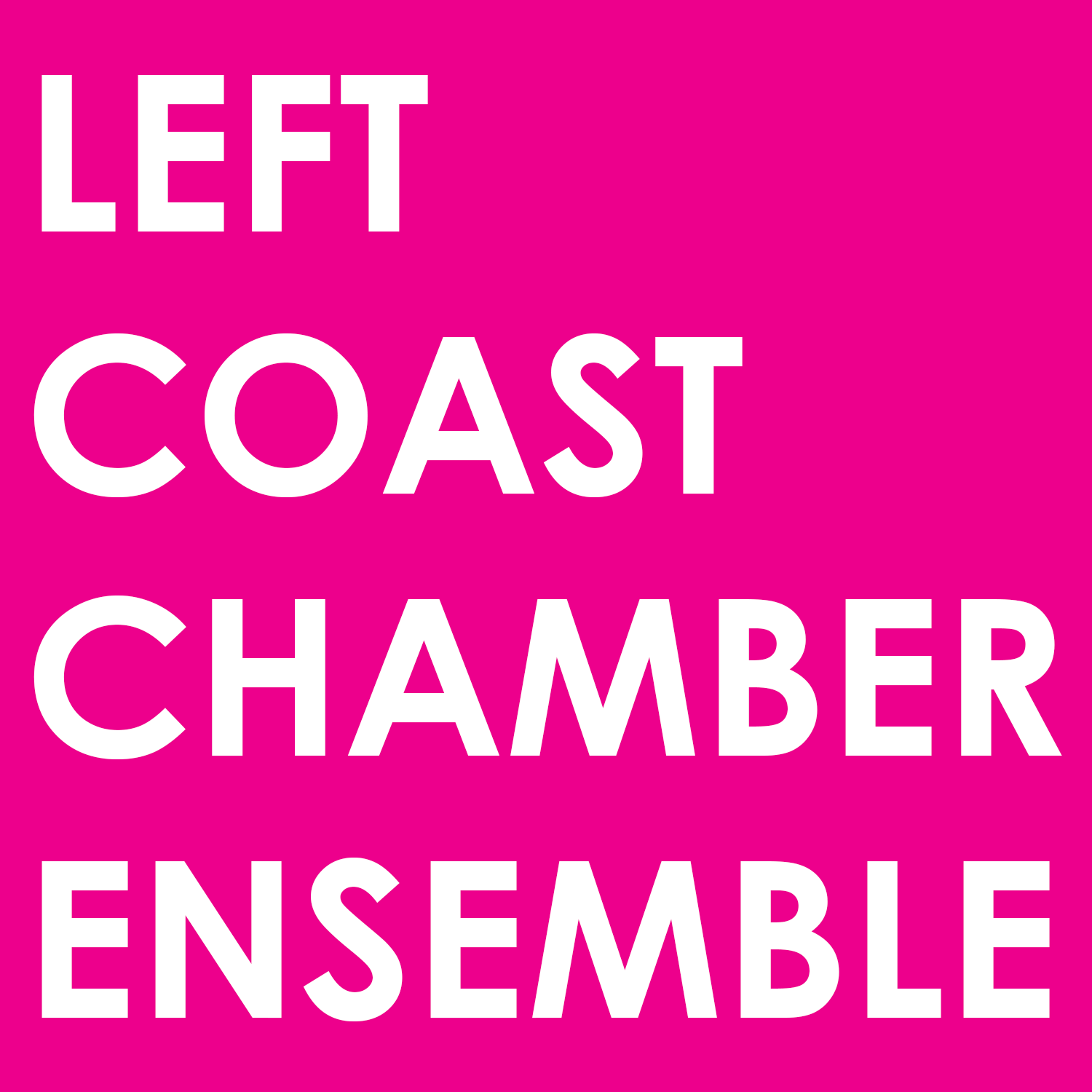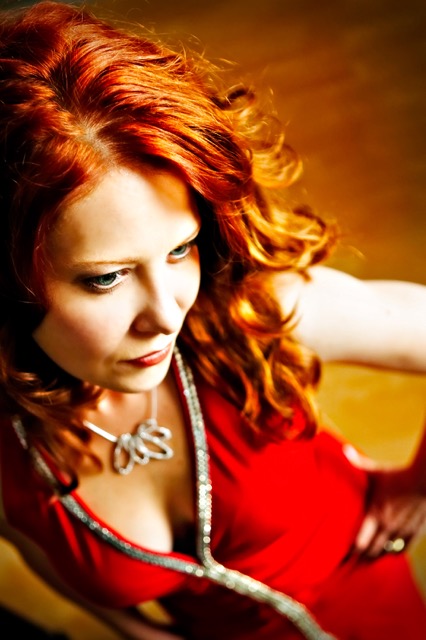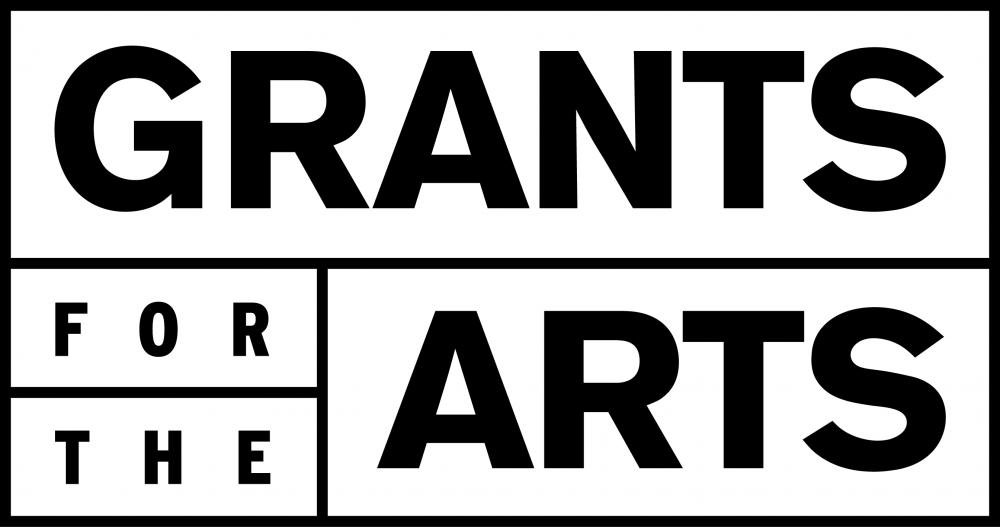Air from Other Planets
Wolfgang Amadeus Mozart – String Quartet in C Major, K. 465 “The Dissonance Quartet”
Arnold Schoenberg – String Quartet #2
*John Schott – Movement for Viola and Guitar (Eye Contact) for guitar and viola WORLD PREMIERE
**Jamie Leigh Sampson – Waving Goodbye for guitar, voice, and string quartet WORLD PREMIERE
Schoenberg's Second String Quartet, an exquisite work from 1908, broke new ground in a variety of ways. The most striking innovation is the addition of a soprano for the last two movements. The texts are Stefan George's poems "Litany," about faltering faith, and "Rapture," about transcendence, which begins "I feel air from another planet." To explore how Schoenberg was influenced by Mozart, one of his favorite composers, we're pairing the work with the C Major String Quartet, K. 465. Complementing these masterworks are newly commissioned pieces from Jamie Leigh Sampson and John Schott.
Join us early at 7:05pm for a fascinating pre-concert talk with MTheo, former host of KUSF’s classics without walls.
Open seating.
*John Schott’s new work is commissioned by the Left Coast Chamber Ensemble.
**Jamie Leigh Sampson’s new work is commissioned by the Kurt Rohde Emerging Composer Fund.
Artists
Michael Goldberg, guitar
Nikki Einfeld, soprano
Anna Presler, violin
Liana Berube, violin
Phyllis Kamrin, viola
Tanya Tomkins, cello
BERKELEY
Berkeley Hillside Club
2286 Cedar St, Berkeley [directions]
Saturday, November 2, 2019, 7:30 PM
SAN FRANCISCO
SF Conservatory of Music
50 Oak Street, San Francisco [directions]
Monday, November 4, 2019, 7:30 PM
Subscribe and Save!
Subscribers receive the best prices on concert tickets, among other perks!
Press for Air from Other Planets . . .
Selection in Diablo Magazine’s Fall Arts Preview “5 Events Not to Miss”
Preview and Interview on Classical KDFC-FM’s “State of the Arts”
Selection in East Bay Express’s “Fall Arts Picks”
Preview in Stephen Smoliar’s The Rehearsal Studio
View and download our Press Release.
Get to know Mozart’s “Dissonance Quartet”
Wolfgang Amadeus Mozart (1756–1791)
String Quartet No. 19 in C Major, K. 465 “Dissonance”
by Scott Foglesong
Nobody would ever mistake Wolfgang Mozart for a gracious colleague. His letters to his father Leopold are liberally peppered with twitty putdowns and snap judgments, typically kicked off by his signature “I could have died laughing” and applied indiscriminately to amateur and professional musician alike. But all the snark stopped when Mozart mentioned Joseph Haydn; where the eminent Austrian master was concerned, Mozart minded his manners. Wolfgang might have been a lousy colleague, but he could tell a hawk from a handsaw, and for Joseph Haydn he had boundless admiration and respect.
After Mozart moved to Vienna in 1782 that admiration blossomed into a deep friendship, made all the more poignant by their age difference—Haydn was 24 years older—and by the way each helped to fulfill the other: to Mozart, Haydn could serve as mentor and sounding board; to Haydn, Mozart could stand in the place of the son who never was. (Neither could have known that Haydn would outlive Mozart by almost two decades.) Their friendship is a priceless gift to posterity, given the bounty of magnificent works that it engendered.
Among those we find Mozart’s six so-called ‘Haydn’ quartets, written in response to, and admiration for, Haydn’s pathfinding Opus 33 quartets of 1782. K. 465, the last of the ‘Haydn’ set, is nicknamed the “Dissonance” quartet after the constantly-shifting and unsettled harmonies of its slow introduction. A soupçon of music theory might be useful: notes played together (or in close succession) will either blend together (consonance) or they will clash (dissonance). One might conclude therefore that composers would be well advised to stick with consonance and shun dissonance, but the resolution of dissonance to consonance is fundamental to the grammar of Western harmony. Music without dissonance would be the sonic equivalent of the Boneless Chicken Farm, spineless and immobile. The fascination of the “Dissonance” quartet opening lies in Mozart’s adroit avoidance of clear resolution until the onset of the main Allegro, at which point clear C Major harmony prevails.
A beguiling Andante cantabile, all aria-like lyricism, follows. A somewhat Haydn-esque—which is to say a bit bucolic—‘Minuetto’ stands in third place, and the quartet concludes with a grayhound-lean machine of a finale, very much in the Haydn mode of extracting maximum benefit out of scrupulously limited materials.
Get to know Schoenberg’s Second String Quartet
Arnold Schoenberg (1874–1951)
String quartet no. 2, op. 10 (1908)
by M. Theo
The exceptionally wide range of expression in Schoenberg’s second quartet – its turmoil and biting humor, its deep resignation and ecstatic transports – along with the radical technical innovations that make it the pivotal work in his development, have both often been attributed to the marital crisis of August 1908. The brilliant young painter Richard Gerstl, whom Schoenberg had invited to spend the summer vacation with his family and circle of friends, was found to have continued an affair that had begun the previous summer with the composer’s wife Mathilde.
Schoenberg had brought Gerstl into his household more than two years earlier, in order that both he and Mathilde could receive instruction in painting from him, and had become close enough to the painter that Gerstl was welcomed to the vacation at Gmunden in 1907. The affair had begun then, was discovered not long after, and had supposedly been renounced. The composer so greatly valued working with Gerstl that the painter was nevertheless permitted to take a studio in the same block as the Schoenbergs’ apartment; the two even shared a studio for a time, and by the summer of 1908 matters had apparently been patched up to the point that Gerstl was again invited along for the vacation. Thus the discovery of continued deception, and the double betrayal, by one he considered a friend and by his wife, came as a serious enough blow to Schoenberg that he contemplated suicide. But it was to be Gerstl, who had been displaying signs of increasing instability, who took his own life a few months later.
With this background, biographical “explanations” of the second quartet seem not only plausible, but convenient; and they have long served as conventional wisdom. Yet recent exhaustive research by Raymond Coffer (documented extensively at his web site, richardgerstl.com) shows that the second quartet was conceived, sketched, and largely completed before the crisis. It seems to me, at least, that it was Schoenberg’s overwhelming creative upheaval during this period that led to the marital tensions in the first place, rather than the other way round. The quartet does tell a story, but it is not one of tangled personal relationships.
The story is that of the tensions set loose within the tonal system itself by the widespread adoption, during the preceding century, of the highly dissonant equal-tempered scale. It is a journey through the ways in which composers, in responding to those tensions, had strained tonality to the breaking point. And above all it reflects Schoenberg’s own turbulent conflicts as his inner drive compelled him toward – and ultimately past – that breaking point. Few composers, after all, were as thoroughly steeped in (and, it is too often forgotten, as passionately devoted to) the Western musical tradition as was Schoenberg. The drive that forced him into unknown regions – into the air of some other planet – refused any appeasement, tolerated no resistance. The breakthrough into total chromaticism is for us simply a fact of history; for Schoenberg it was years of struggle, of genuine anguish and genuine suffering.
It seems to me that this work is best heard by foregoing both “analysis” and “explanation,” and simply letting it unfold, going along with the movements of the soul that the composer evokes. First the mellow, Brahmsian opening measures that grow agitated almost immediately, taking a winding path before achieving a final calm. Then the skittering scherzo of the second movement (with its bizarre insertion of “Ach! Du lieber Augustin” into the mix), taking a stab at relief through wit and irony. The yearning uncertainty of Stefan George’s weary Crusader in “Litanei” now breaks into the classical form with the full power of the human voice. And finally, the long ascent of the unforgettable “Entrückung”: its delicate, aethereal, ambiguous introduction; the poet’s gradual recognition of mounting alienation, turning to a vision of dissolution and ecstatic acceptance; and the glowing coda, straining toward a resolution that somehow manages to emerge out of nowhere, and leaves us in the presence of an open question. In the end, the quartet demands nothing from us but a willingness to put ourselves in the composer’s hands and trust that all will be well.
Get to know Jamie Leigh Sampson’s Waving Goodbye
Commissioned by the Kurt Rohde Emerging Composer Fund, 2019
Waving Goodbye for coloratura soprano, guitar, and string quartet was written in 2019 for the Left Coast Chamber Ensemble, using text from Elizabeth Spires’s poem of the same title from her book Swan’s Island. The text and the composition spiral around waves and spheres of sound that describes the surrealism of viewing the world through the reflection in a “gazing globe” found in a garden. Trees bend, bodies are distorted, and each moment reflects the opening line… “The world bends us to its purpose.”
Musically the work opens in a steady pattern of musical oscillations from low to high and back. As the complexity of the poems distortions increase, so too do the oscillations which ultimately become nested helices of sound. Two DNA strands locked together like a puzzle that must break to be solved. This is similar to the harmonic language with nested harmonies. Only in the end, when our two characters leave the distortion of the globe do the manipulations of the music resolve back to a simple wave, goodbye.
Get to know John Schott’s Movement for Viola and Guitar (Eye Contact)
Commissioned by the Left Coast Chamber Ensemble, 2019
My Movement for Viola And Guitar (Eye Contact) was inspired by my long friendship with guitarist Michael Goldberg. I met Michael over twenty years ago when he was doing a series of radio interviews with guitarists. I quickly became aware of his masterful playing and deep musicianship. Since then we have sought opportunities to collaborate and share our work with each other. I also came to know Phyllis Kamrin, and have admired her playing for many seasons of the Left Coast Chamber Ensemble, most recently in Schoenberg's 2nd String Quartet, which also graces this program. I have wanted to write a piece for them for a long time, but needed that all important deadline a commission provides to truly bear down and do it.
I seem to write a substantial Classical piece of music every eight years or so, and as such it's difficult for me to discern a "style" or a consistent voice in these pieces. In the present piece I opted for a fairly conservative musical discourse, at least by my standards. There are conventional themes, occasional triadic harmony, and the score contains such directions as Lento tranquillo ma in tempo, cantabile, and Piu mosso, decisio. The musical language of Schoenberg, Berg, and Webern has been a constant passion in my life since I was a teenager, and if they had written any substantial music for guitar, I might still be the classical guitarist I was when I entered college. My composition for Michael and Phyllis dives deep into the sound world of these composers, and if their milieu seems alien to San Francisco/Berkeley in 2019, well, I often feel myself to be an alien too. To me the piece seems at once like a "period piece" and a very personal statement.

















